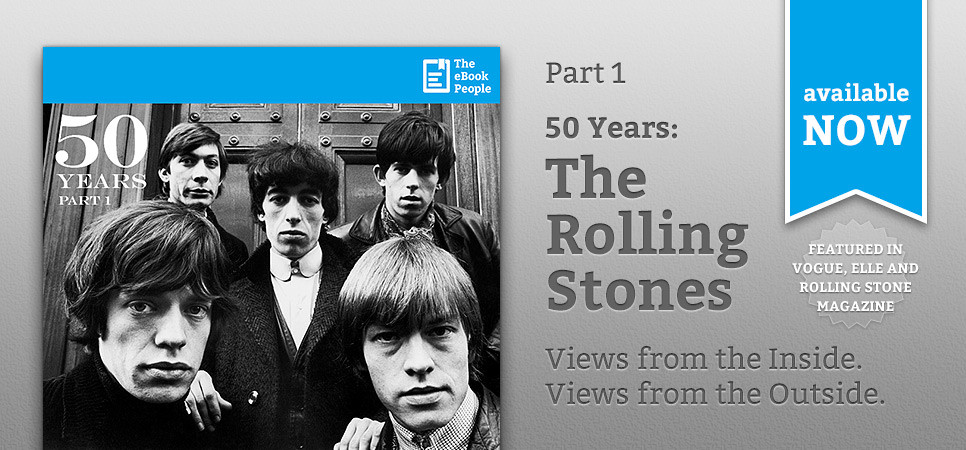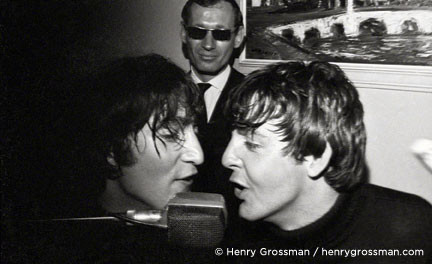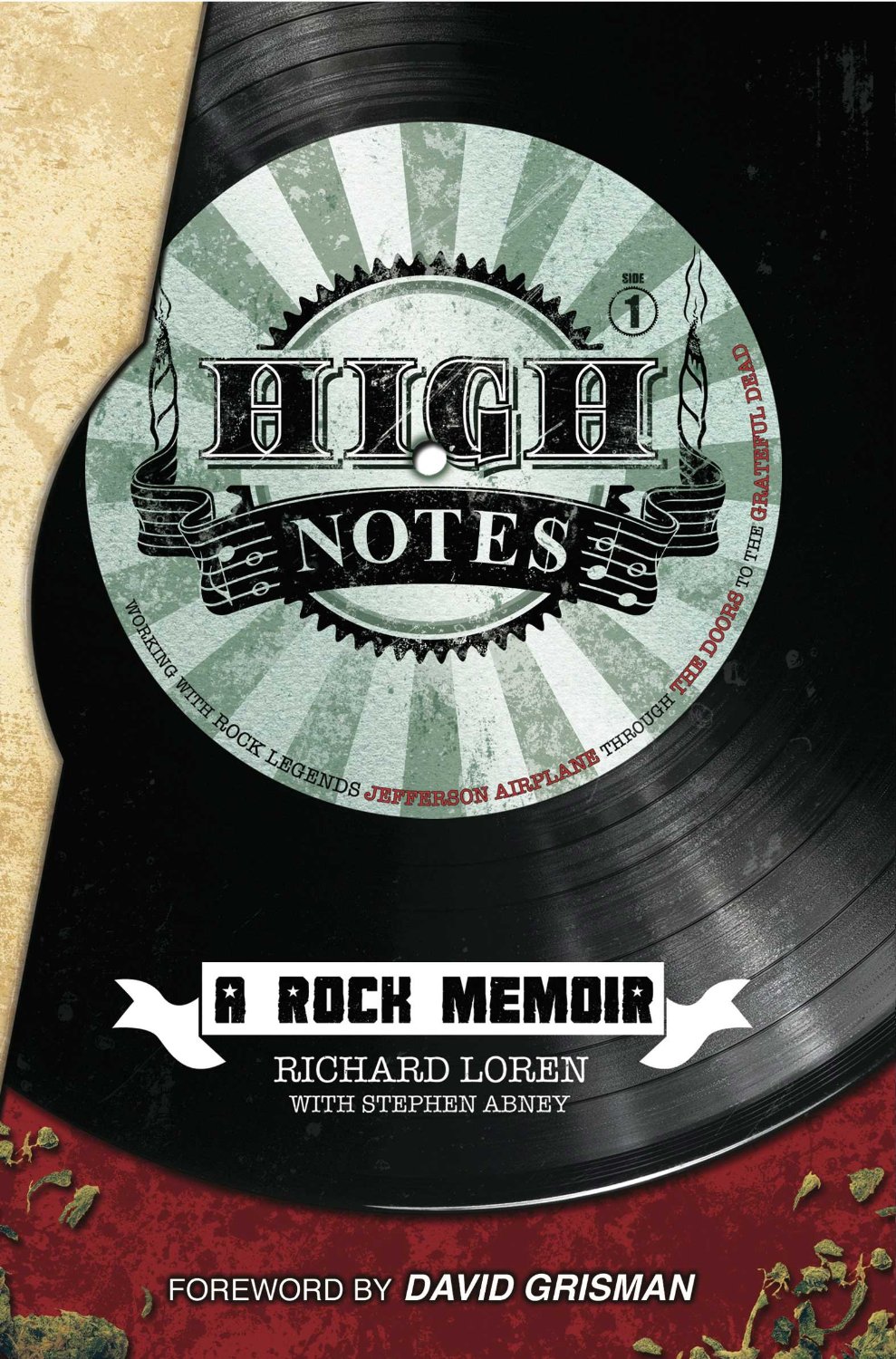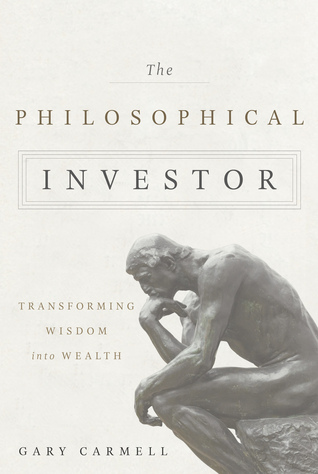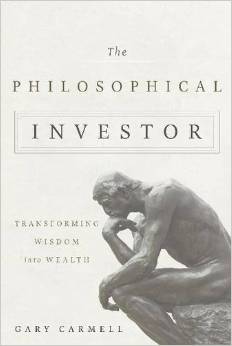Through their long and wild career, The Rolling Stones have made their mark on our culture; from epic albums to famously bad behavior. Over their 50 year history, journalists have collected a treasure trove of material, but none more prolific than music journalist Hanspeter Kuenzler. The eBook People have partnered with Kuenzler in this new venture from their parent company, The Interview People GmbH, one of the most respected international interview syndicators.
50 Years: The Rolling Stones – Views from the Inside, Views from the Outside is a massive two-part collection of the best journalistic material spanning the band’s career. The ebook includes feature articles from Rolling Stone, The Daily Mail, and Daily Express with everyone from girlfriends and wives to The Stones themselves. Much of the material in 50 Years: The Rolling Stones has previously been unavailable in the US and the book comes in at an unprecedented 2000+ pages with over 150 images. Part 1, available in July, covers the first 25 years of the band, from their early days in the UK, their arrival in America as part of the “British Invasion,“ and their sellout tours around the world. Never before has such a landmark collection been available to the public and at a time when both music historians and music lovers are turning their attention to the "world’s greatest rock band.”
“It’s not only a journey through 50 years Rolling Stones,” says publisher Matthias Würfl, “but also the history and evolution of music, press and western society of the last half century”
The Author: Hanspeter Kuenzler has interviewed top stars including Paul McCartney, Ringo Starr, Tina Turner, Robert Plant, Mark Knopfler, Blur, Oasis and Radiohead. Today, his features appear in a variety of publications around the world, including Neue Zürcher Zeitung, Sublime Magazine, Loop, Guitar Dreams and Musik Express. He regularly presents a show with the latest music from Britain on national Swiss radio, DRS.
 The Publisher: Matthias Würfl has conducted interviewed stars including Pink, Carlos Santana, P.Diddy, Lionel Richie, Carla Bruni, and Mick Jagger. He founded The Interview People GmbH in 2007 with Michael and Uli Karg. Today they work with outlets in 70 countries, not only selling their own interviews but also features and images from prestigious publishing houses. Recently they launched a new company, The eBook People, which provides quality multimedia e-books using material from their archives.
The Publisher: Matthias Würfl has conducted interviewed stars including Pink, Carlos Santana, P.Diddy, Lionel Richie, Carla Bruni, and Mick Jagger. He founded The Interview People GmbH in 2007 with Michael and Uli Karg. Today they work with outlets in 70 countries, not only selling their own interviews but also features and images from prestigious publishing houses. Recently they launched a new company, The eBook People, which provides quality multimedia e-books using material from their archives.





